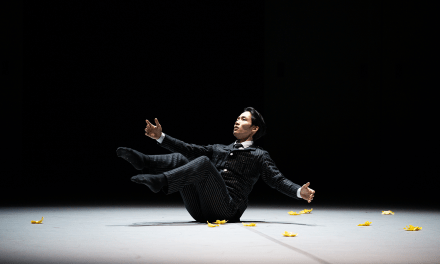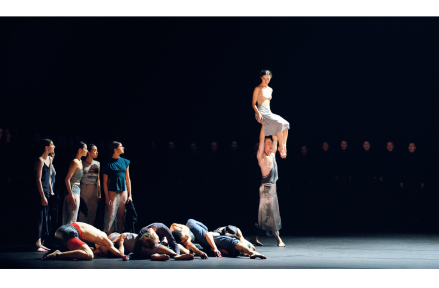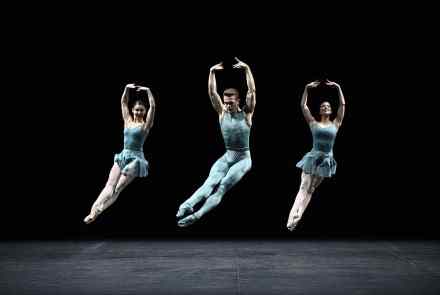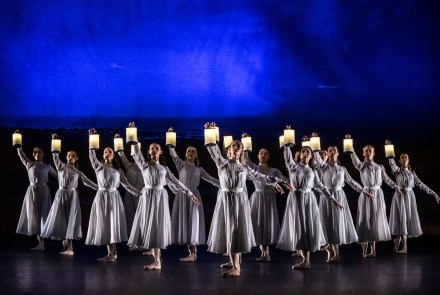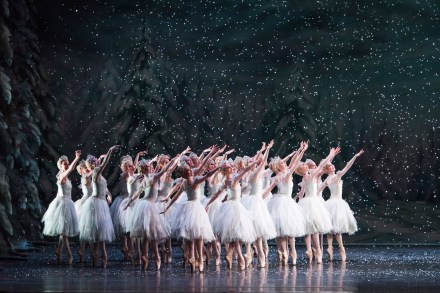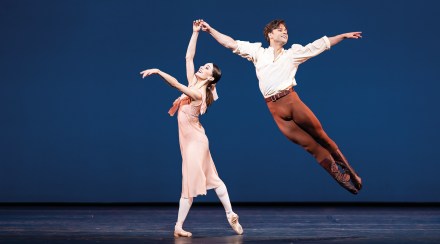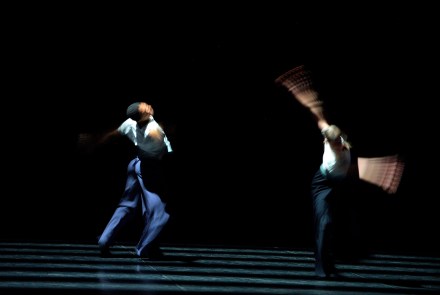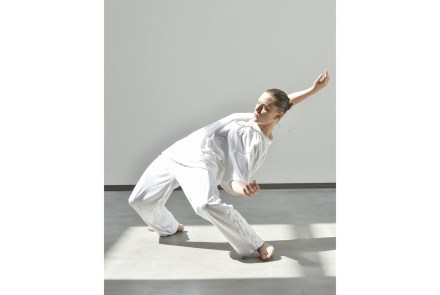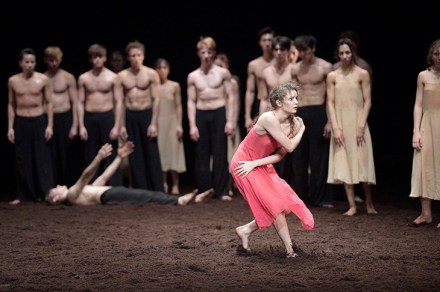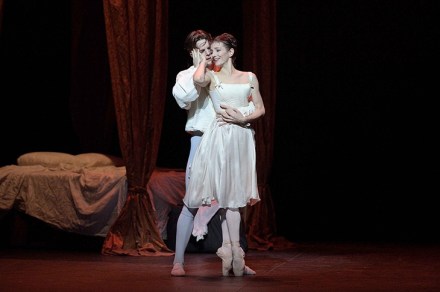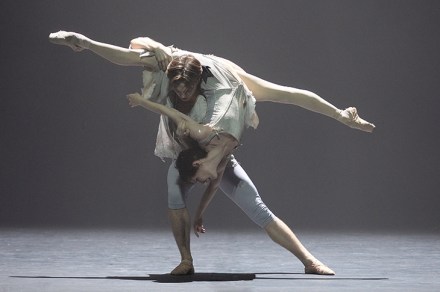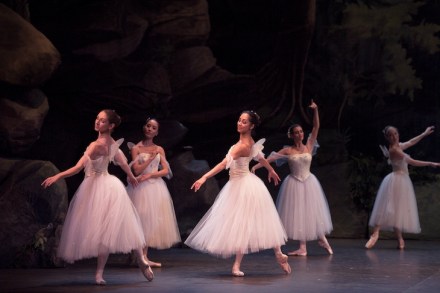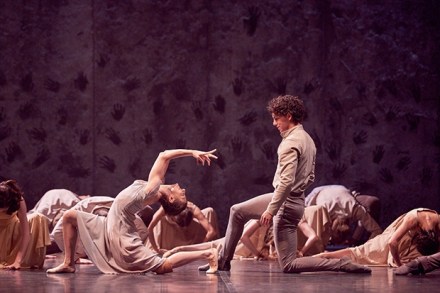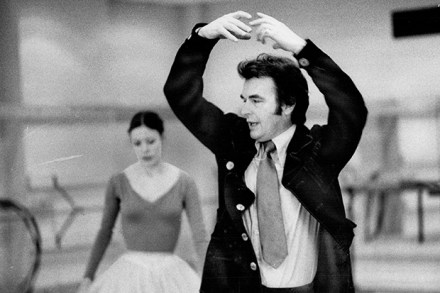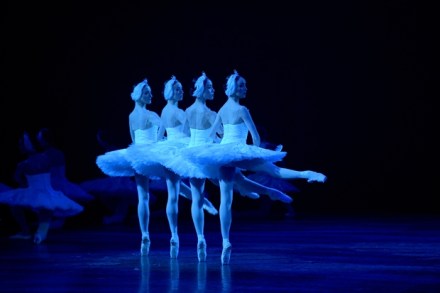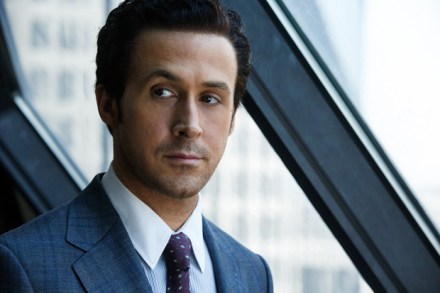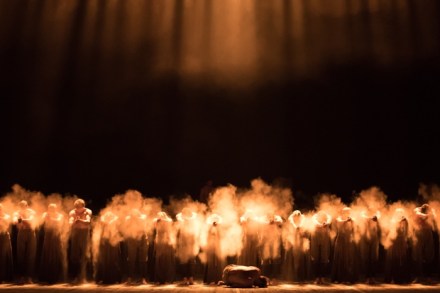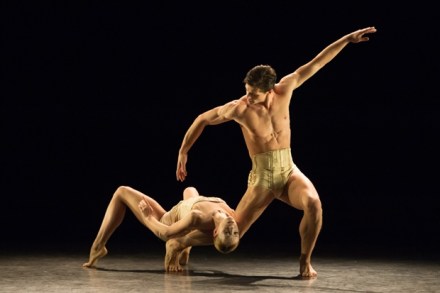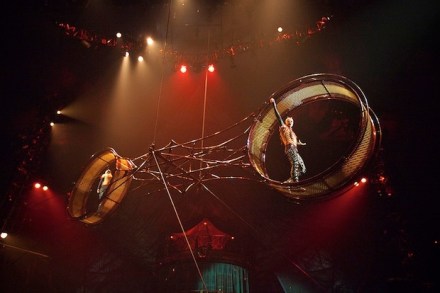Choreographers! Enough with the reworkings of Carmen and Frankenstein!
Carmen and Frankenstein are without a doubt two of the most over-worked tropes in our culture, the myths of the evasively seductive gypsy and the human monster machine being lazily recycled and plundered and vulgarised in various forms to the point at which their authentic primal power has been altogether deflated. So it was with a heavy sigh that I anticipated their two latest danced iterations. No surprises were likely, and none were delivered. It’s not bad, it’s just not good enough – yet another retread of familiar material The list of choreographers – Roland Petit, Alberto Alonso, John Cranko, Mats Ek, Antonio Gades, Matthew Bourne, Carlos Acosta – who
